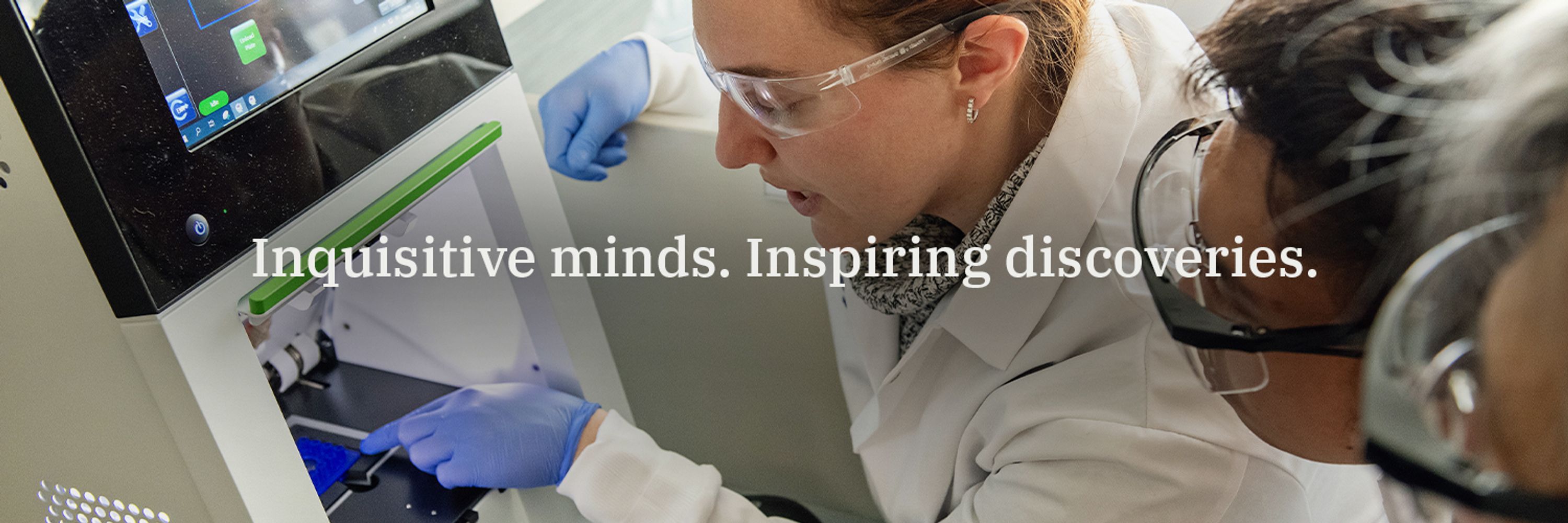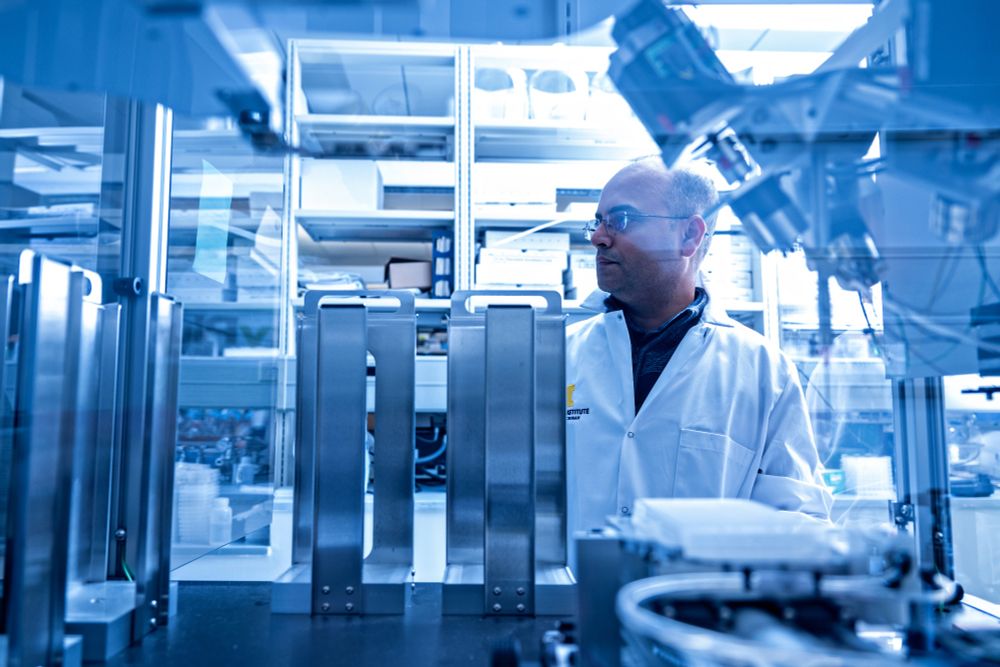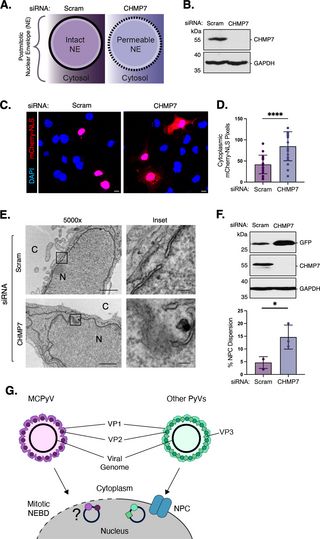
nature.com/articles/s41...

nature.com/articles/s41...
🔗 www.molbiolcell.org/doi/full/10....

🔗 www.molbiolcell.org/doi/full/10....
@umich.edu structural biologist Janet Smith explains why her lab aims to uncover protein structures and describes the hidden impacts of structural biology on drug discovery and human health:
www.youtube.com/watch?v=ZKVG...

@umich.edu structural biologist Janet Smith explains why her lab aims to uncover protein structures and describes the hidden impacts of structural biology on drug discovery and human health:
www.youtube.com/watch?v=ZKVG...
research.umich.edu/research-sto...

research.umich.edu/research-sto...
LSI SciComm Speaker Series welcomes Kate Zernike, Pulitzer Prize–winning journalist and author of The Exceptions: Nancy Hopkins and the Fight for Women in Science.
📅 Thursday, Oct. 9
⏰ 10:00 a.m.
📍 Rackham Amphitheatre
📖 Book-signing after the talk!
@umlifesciences.bsky.social

LSI SciComm Speaker Series welcomes Kate Zernike, Pulitzer Prize–winning journalist and author of The Exceptions: Nancy Hopkins and the Fight for Women in Science.
📅 Thursday, Oct. 9
⏰ 10:00 a.m.
📍 Rackham Amphitheatre
📖 Book-signing after the talk!
@umlifesciences.bsky.social
doi.org/10.1038/s415...

doi.org/10.1038/s415...
Read more: myumi.ch/dgp2Z
@narayanlab.bsky.social
@alisonnarayan.bsky.social

Read more: myumi.ch/dgp2Z
@narayanlab.bsky.social
@alisonnarayan.bsky.social
www.nature.com/articles/s41...

www.nature.com/articles/s41...
doi.org/10.1371/jour...

doi.org/10.1371/jour...
www.lsi.umich.edu/news/2025-09...

www.lsi.umich.edu/news/2025-09...

Kate Zernike, Pulitzer Prize-winning journalist and author of "The Exceptions: Nancy Hopkins and the Fight for Women in Science."
Details: events.umich.edu/event/137203
Cosponsored by @umisr.bsky.social and the U-M Wallace House

Kate Zernike, Pulitzer Prize-winning journalist and author of "The Exceptions: Nancy Hopkins and the Fight for Women in Science."
Details: events.umich.edu/event/137203
Cosponsored by @umisr.bsky.social and the U-M Wallace House

In addition to deepening our understanding of fundamental biology, the findings have medical implications:
myumi.ch/796gx

In addition to deepening our understanding of fundamental biology, the findings have medical implications:
myumi.ch/796gx
Protein targets can act as a switch for obesity and anorexia | www.michiganmedicine.org/health-lab/p...

Protein targets can act as a switch for obesity and anorexia | www.michiganmedicine.org/health-lab/p...
news.umich.edu/ouch-tooth-n...

news.umich.edu/ouch-tooth-n...
The Fung lab is seeking a postdoctoral fellow to explore human structural cell biology using #cryoEM and #cryoET, with a focus on chromatin and nuclear structures during development.
Learn more and apply: careers.umich.edu/job_detail/2...

The Fung lab is seeking a postdoctoral fellow to explore human structural cell biology using #cryoEM and #cryoET, with a focus on chromatin and nuclear structures during development.
Learn more and apply: careers.umich.edu/job_detail/2...
www.cell.com/cell/fulltex...

www.cell.com/cell/fulltex...
Learn how the the LSI's comprehensive suite of research cores support drug-discovery and basic science research for @umich.edu researchers, while also advancing novel research:

Learn how the the LSI's comprehensive suite of research cores support drug-discovery and basic science research for @umich.edu researchers, while also advancing novel research:
www.lsi.umich.edu/news/lsi-mag...

www.lsi.umich.edu/news/lsi-mag...
a unique career path to from the LSI to her own lab at @ethz.ch, where she is focused on "caring for the planet and caring for human health at the same time."
www.lsi.umich.edu/news/lsi-mag...

a unique career path to from the LSI to her own lab at @ethz.ch, where she is focused on "caring for the planet and caring for human health at the same time."
www.lsi.umich.edu/news/lsi-mag...
The Michigan Pioneer Fellows program is accepting applications for its 2025 cohort. Spanning the @umich.edu Medical School, LSA, School of Dentistry, & LSI, this postdoc program is designed to launch innovative scientists into groundbreaking careers.
pioneerfellows.umich.edu

The Michigan Pioneer Fellows program is accepting applications for its 2025 cohort. Spanning the @umich.edu Medical School, LSA, School of Dentistry, & LSI, this postdoc program is designed to launch innovative scientists into groundbreaking careers.
pioneerfellows.umich.edu


@science.org
www.lsi.umich.edu/news/2025-06...
![Quote from Somaney Badieyan, first author of the new study: “This opens a new perspective on how the infection is happening. [HIV] is a much more opportunistic hijacker than we previously thought.”](https://cdn.bsky.app/img/feed_thumbnail/plain/did:plc:ec5dkday254bkelv7fdkcxex/bafkreif6ouzjjbezytrm54es3tbua7m4a2zzru2nypnudvce6ac7qdywni@jpeg)
@science.org
www.lsi.umich.edu/news/2025-06...

